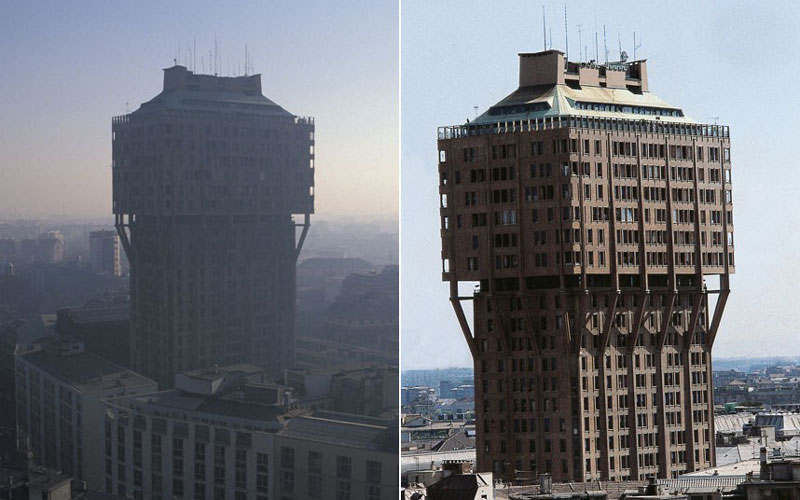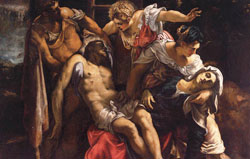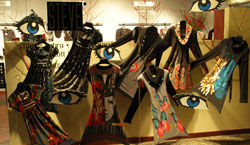Supercharging the Creative Process:
A Roadmap Toward Better Art
Part 2, Universe of Art
Great art pulls you in. It drags you into its own little world, a universe created by the artist. And this is true in any artistic medium.
For example, some cars are so beautifully designed, even when sitting in the drive way, just by looking at them you can get a sense of what it is like to get a really expensive speeding ticket.
Sitting in the audience watching a movie, it's easy to forget that you're sitting in the audience watching a movie. Especially if it’s a horror movie. You get swept up and transported into the story. The suspense, the danger, the giant radioactive chickens.
Reading a book: same thing. Suddenly you realize it's 4 AM and not only do you hate yourself for staying up so late, in three hours when your alarm goes off that hatred will blossom into genuine self-loathing.
Who hasn’t been transported out of this world and into another by music whether Tchaikovsky, Led Zeppelin or possibly the Frito Twist (as mentioned elsewhere on this website). It's easy to lose yourself in a good story or in any good creative work (possibly excluding the Frito Twist). It can happen with any kind of art, painting, sculpture, dance, or snack chip.
In museums people gaze upon paintings of the great masters from the high Renaissance, transfixed by divine chords of color and composition to enter that state of aesthetic reverie only the ring of a cell phone can ruin.
In any event, great art takes us into another world.
Consider the word “moving” as a descriptive term. We say something was “moving”—perhaps experiencing the Grand Canyon, Yosemite, the Lincoln Memorial, Michelangelo, Swan Lake or Shakespeare. Fair enough. But wheresoever didst thou move thee to, howsoever so momentary? No doubt to another world, perhaps more beautiful and serene.
That’s the whole point.
Great art always provides the viewer with a window or portal into another world. The higher the aesthetic quality, the more swiftly and thoroughly the viewer is transported to a desirable place.
Behold the iron grace of the Eiffel Tower — 1,063 feet tall, 125 years old and pure art.
Now behold the faded grace presented on behalf of your nearest slumlord.
Below are photographs of two different buildings. As you examine the first observe what kind of feelings, associated images and ideas stir in the mind. Then examine the next one and make the same observations. See if each one does in fact serve as a kind of portal to it's own small but complete "world."
 |
| One of the most beautiful buildings in the world. |
 |
|
Voted one of the world’s most hideous structures, is Torre Velasca in Milan, Italy. Built in the 1950s. |
At some point in the distant past of this article, I made the point that every work of art represents a window into a little universe of the artist’s creation, universe meaning “a whole system of created things.”
It therefore follows that, if a work of art—whether small or large—is a “universe” then great art is created along the same lines by which a universe is created. So if we know the constituent elements of a universe, we can then deduce and predict the constituent elements of art and thereby improve our work or even deduce elements that may be missing which can then be remedied with the general consequence of bettered quality.
Perhaps what art is really all about is the creation of little universes—not a bad talent for your next resume:
- 1999-2002: Coffee brewer at Starbucks.
- 2002-2007: Sales person at Home Depot.
- 2007-2014: Freelance universe creation. (See? Quite a step up!)
When we say “universes” we are describing a broad range of sizes, classes and activities. A universe can be broad or narrow.


















